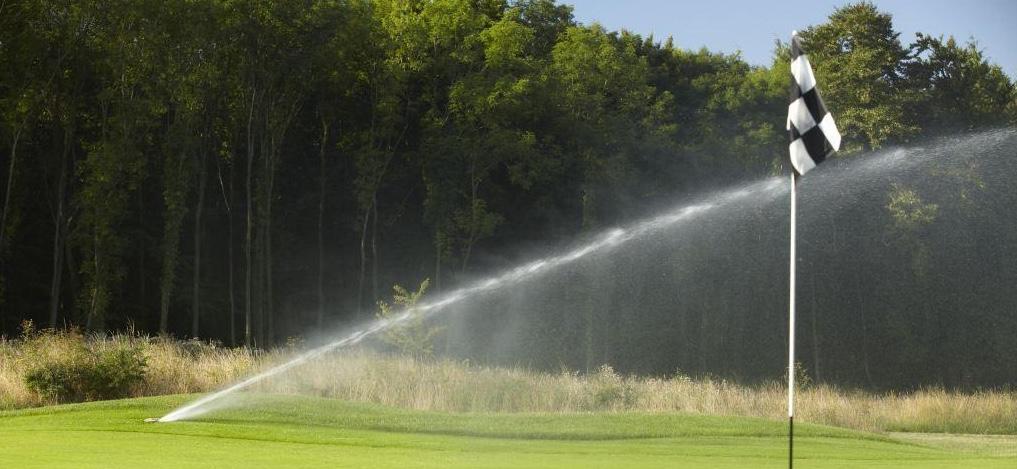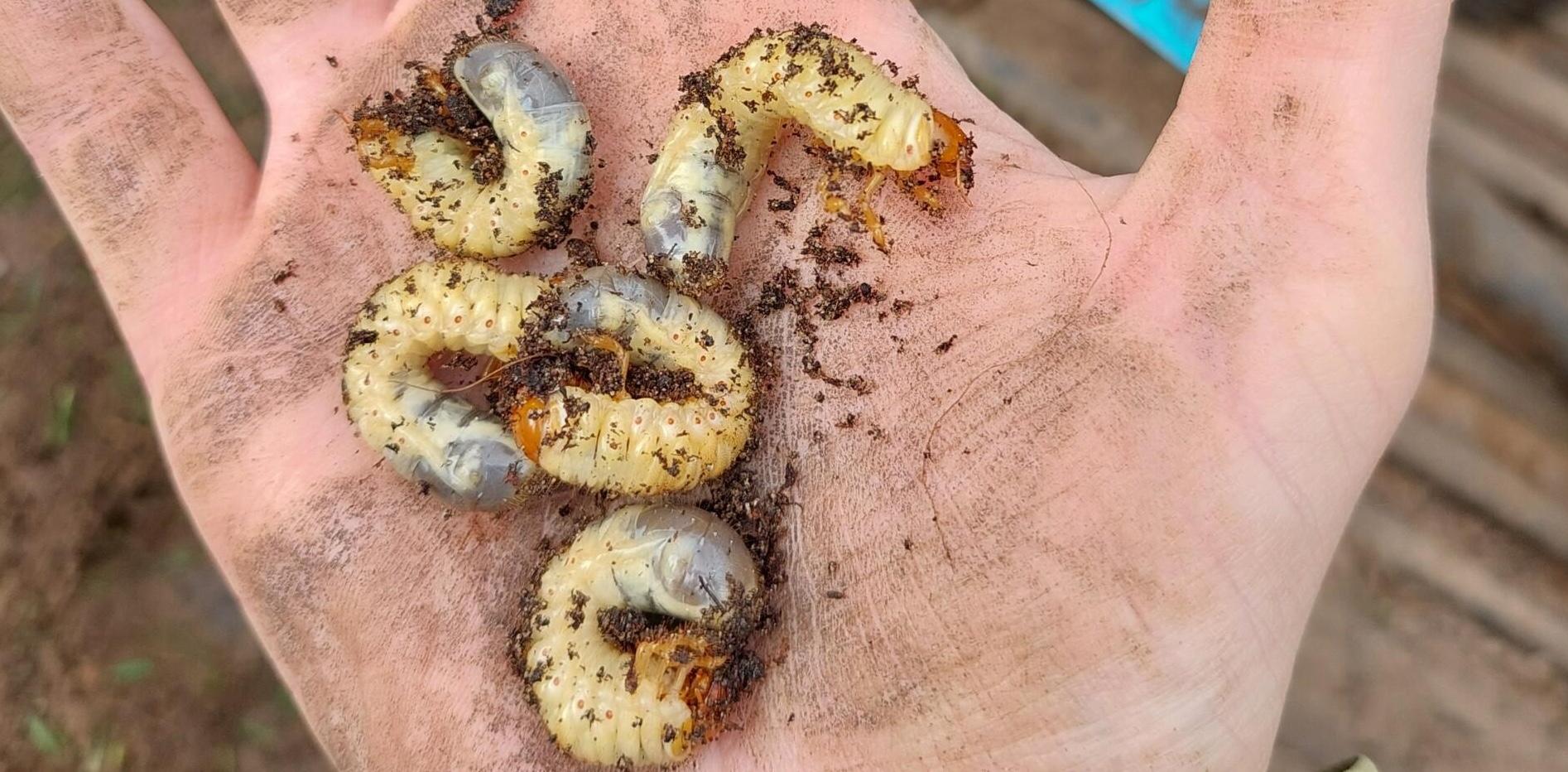What is Primo Maxx II?
Primo Maxx II is a growth regulator that is used in sports turf primarily to regulate and suppress grass growth. That has advantages for time and cost savings, but also some real advantages for maintaining consistent surface playability.
You can vary the amount of suppression you get by increasing the application rate. Essentially, the higher the rate the less the turf will grow. The label offers advice a whole range of rates from 0.2L/Ha to 3.2L/ha for different areas and grass species. See label here......
How much growth suppression can you achieve?
The amount of suppression is dependent on the turf species, rate of product and growing conditions, but suppression of up to 50% is achievable - if desired.
By adjusting the rates and application interval, you can control the amount of suppression and the consistency of results, and therein lies the art of best utilising Primo.
Does it just suppress growth?
No - there are a range of other benefits to using Primo including:
- Sward density
- Improved putting surfaces
- Better turf health
- Reduced fertiliser requirements
- Increased rooting
How do you choose a rate?
Below is a pretty good guide to the application rate ranges you can choose. The high end of these rates is limited by the product label (a legal restriction), the low end is the lower rates I hear of being used in the industry.
In practice, I'd always start at the lower end and build upwards to achieve your desired level of control. Typically, the tighter you cut the surface, the lower the rate needed to achieve good levels of suppression i.e. you'll use lower rates on greens, compared to fairways or rough, for example.
- Greens 0.2L/Ha - 0.4L/Ha
- Fairways 1L/Ha - 2.4L/Ha
- Roughs 1L/Ha - 3.2L/ha
- Footbal pitches 1L/Ha - 3.2L/ha
How long does the growth suppression last?
Studies have shown the longevity of Primo effects is largely dependent on the temperature after application. Whilst increasing the rate you apply will have some impact on longevity, to see significant differences you would need to dramatically change the rate.
Research showed increasing from 0.2L/Ha to 0.4L/Ha, for example, would show very little difference in longevity of suppression effects, but moving from 0.2L/Ha to 3.6L/Ha would show a longer period of suppression.
It would be unusual to alter rates this significantly, but since different cutting heights and turf species require different rate ranges to be effective, it's useful to know (see above).
What influences its longevity?
Since the effects of Primo Maxx are influenced by temperature it comes as no surprise that:
- The colder it is - the longer it lasts
- The warmer it is - the sooner the effect wears off
Therefore, when it's cooler you can stretch the periods between applications out wider and when it's warmer you'll need to pull them closer together to get the same level of desired suppression.
What happens if you get the timings wrong?
Before we look at how you can get more precise with Primo Maxx II application, let's just look the impact of what happens if the intervals go wrong.
If you re-apply more Primo before the initial effect begins to wear off, you start to increase the amount of growth suppression you get. The turf will grow less than normal and less than it did after the first application. This is known as "stacking" or "layering", where you can keep overlaying Primo applications to achieve high levels of growth suppression.
It is a great method to use if maximum suppression is your objective (see lockdown trial...).
In practice, this can often occur inadvertently in the Spring, when the temperatures are cool and turf only growing slowly, but fortnightly applications are being made. This effect quickly wears off when the temperatures pick up and normal levels of suppression are returned, although an increase in growth could be perceived.
However, if you allow the Primo to completely wear off before reapplying, then you risk a "rebound" effect. This is where you see additional growth over and above what you would normally expect to see.
If we think about how Primo Maxx works, it's altering the plants natural growth hormones. Allowing the plant to come out of this growth suppression can sometimes stimulate more hormone release and lead to additional growth - you'll just have to trust me on this one for now. Watch out for a full blog explaining the rebound effect.
The key to consistent results is how you can best keep turf in the optimum point of suppression that works for you?
How do I know when to re-apply?
The simple answer
- Cool weather - every 4 - 5 weeks
- Warm weather - every 10 - 14 days
- In the middle - In the middle
That's a start. But I'm guessing you want to be more precise than that to get the best value out of every application?
Growth Degree Days
Growth Degree Days (GDD) are a great tool to calculate the rate at which grass will grow, and in doing so enable you to tailor the timing of many turf management operations - not least of all your Primo Maxx II application intervals.
It's is calculated by taking the average of day's highest and the lowest temperatures, then allowing for a base temperature (typically the temperature that turf in that climate begins to grow), to generate a GDD figure.
This is a simple way of measuring the climatic conditions, it's influence on turf growth and the impact it will have on Primo's longevity.
GDD is used for many things including insect activity, guidance on timings of applications and generally monitoring the growing conditions for the turf. For me, GDD's best use in turf is best used for timing Primo applications to help you get a consistent a level of growth suppression.
It is a far more precise way to avoid stacking product and never coming out of suppression. It helps you to gain all the plant health benefits, whilst always knowing what your turf is doing, so you don't over fertilise or bounce into a period of unexpected growth.
Below is a hypothetical graph that show the growth curve after a Primo application.

After application of Primo, growth suppression begins and will last for a period of time - that, as discussed above, depends on the temperature. Our objective is to re-apply after the period of maximum suppression, but before we come out of suppression - in the period shown below.

By applying in the green block we avoid significant "stacking" of the product and avoid moving into rebound. There has been lots of work done on this in the USA, but very little in the UK.
However, using experience and anecdotal evidence, I now encourage people to apply Primo in the 100 - 150 GDD window.

GDD is great tool to help you to fine tune your Primo applications to get the very best out of it. We have created a GDD tool in our Greencast website which will help you identify your application windows and notify you when they are approaching.
We are also doing more research in the UK to develop and validate optimum GDD intervals for our situation and turf species. But you can try out different GDD intervals that will deliver the consistent level of desired suppression that works for your course.
Primo Maxx II is a great product and GDD is a great tool to get the very best out of it. You don't need to use GDD, but a basic understanding of how the two work together could help you get more consistent results.
Stay in touch - follow us on Twitter here @SyngentaTurfUK and remember to subscribe to my blog on the link below. You'll get one email a week max to tell you when I've written a new post.




